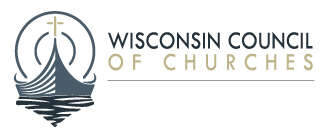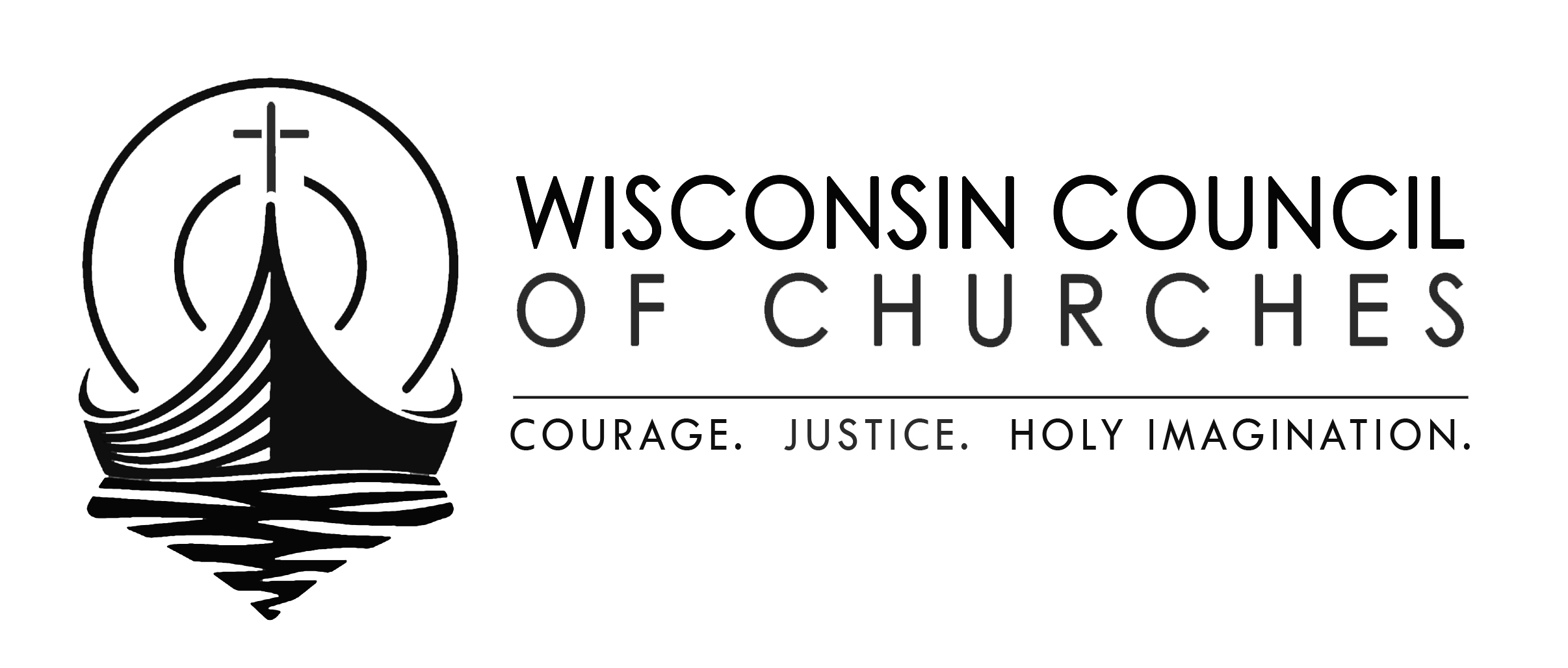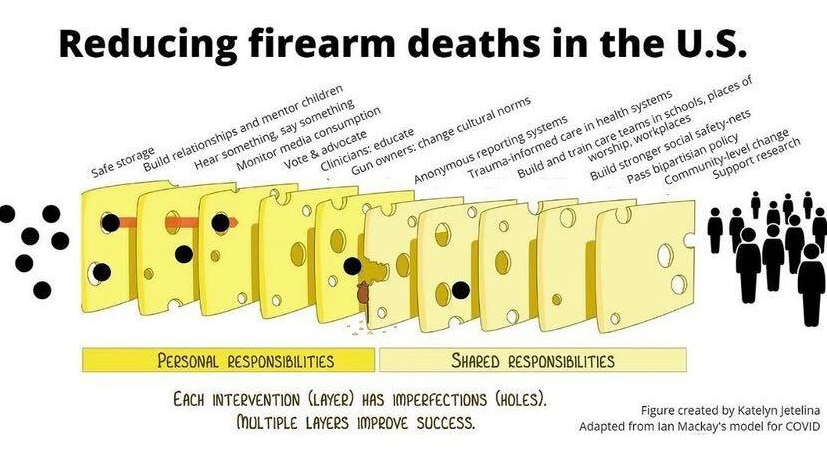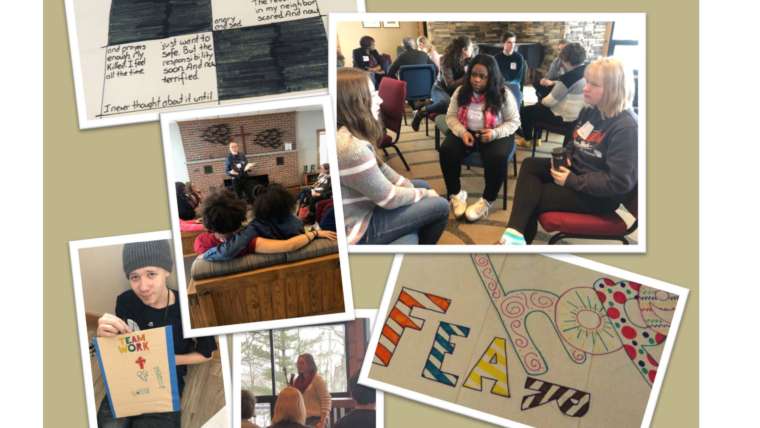Preventing Deaths from Gun Violence Using the Swiss Cheese Model
Rev. Daniel Schultz, WCC Community Health Program Director
The vast majority of gun-related injuries and deaths in the United States do not involve mass shootings. But tragedies such as the recent shootings in Nashville put the phenomenon of gun violence in sharp focus.
The WCC has long engaged the issue of gun violence. In 2020, we released a landmark study guide titled “Who is My Neighbor? Multigenerational Conversations on Faith & Gun Violence.”
As that name implies, our guide centered on the efforts of young citizens to rein in the violence affecting their lives. And many of the actions necessary to bring down gun violence require long-term action.
But there are things that be done right now that will help the situation. Kaitlyn Jetelina adapts the “Swiss cheese” model of disease prevention (which you may be familiar with from conversations around COVID):

Notice how many of these mitigations are apolitical. Safe storage is a commonsense idea. Building relationships with young people should be uncontroversial. So should keeping an eye on (and relationship with) people at risk for committing acts of violence.
Some ideas are political, such as advocacy. But even there, action need not fall into divisive categories. For example, the Wisconsin Legislature’s Joint Finance Committee is gathering feedback on the proposed 2023-2025 state budget. Citizens can offer testimony in support of funding for mental health, mentoring or violence prevention programs (see below for more details on this). The March For Our Lives website has more ideas along these lines.
A commitment to justice is also a key to solving the problem. Seeking social and racial equity can change policies that leave minorities and poor communities vulnerable to increased levels of violence. Making clear that it is unacceptable to scapegoat particular people, such as transgender individuals or the Jewish community, denies implied permission for hate crimes.
And the Church can simply be the Church. In a dislocated society, an intentional, inclusive community that makes sure its members and friends don’t slip through the cracks is a powerful alternative to systems of violence. Social connection, even through the church, is not finally a guarantee against violence. But it is a mighty defense, especially when used with all the other tools at our disposal.
Advocate for Limiting Death and Injury Due to Firearms in the State Budget
Governor Evers’ proposed state budget includes several provisions that would help to limit death and injury due to firearms, including:
- Sales tax exemptions for gun safes, trigger locks, and gun barrel locks
- Funding for suicide and violence prevention and 988 call centers
- Expanded background checks for gun purchases
- Extreme Risk Protection Orders (ERPO or “red flag” orders)
Please use this link to contact your legislators today and ask them to keep these provisions in the state budget when it is passed by the legislature.
You can also submit a comment to the Joint Finance Committee (who will draw up the budget bill that the legislature will vote on) supporting these measures.
Use the WCC’s Study-Action Guide to Have Conversations about Gun Violence in Your Congregation

Several years ago, the WCC released its study-action guide, Who is My Neighbor? Multigenerational Conversations on Faith & Gun Violence. It was the result of two years of faithful listening, cross+generational connection, and continuous commitment to the belief that the Spirit calls us to action in multiple ways. It includes individual testimony to the impact of gun violence, guides to addressing gun violence through worship, single- or multi-session discussions, a list of action steps to consider, church security and safer church resources, and theological reflections.
We invite your church to use this resource in this Easter season and pray about how you can take action to end gun violence.



